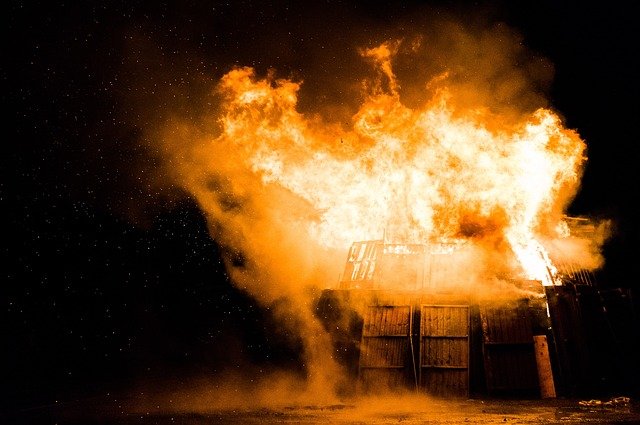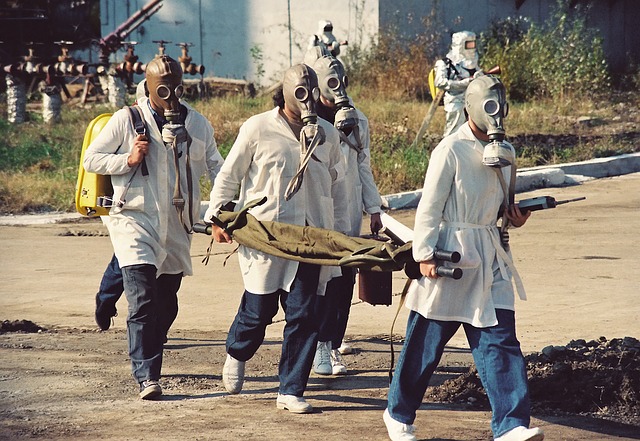
Deadly fire leaves fatalities
Deadly is that which causes or may cause death . The term comes from the Latin word mortifĕrus .
Lethal being or thing
The deadly, therefore, is mortal or potentially lethal . This adjective can be used to describe animals, plants, chemicals, etc. Taking a look at its etymology we can notice its two lexical components: mor, mortis (which gives it the meaning of "death") and fero (with the idea of "I carry or carry"); In other words, the deadly "carries or carries death."
SARS-CoV-2 , for example, is a deadly virus . This is the coronavirus that causes the respiratory disease known as COVID-19 , which caused hundreds of thousands of deaths around the world within the framework of the pandemic that began at the end of 2019 .
A deadly fire , meanwhile, is one that leaves fatal victims. Suppose an empty house catches fire due to a short circuit. The incident only causes material damage to the property. On the other hand, if the flames destroy a nursing home and leave four people dead, it can be said that it was a deadly fire.
deadly gas
Human beings can use their creativity for art, medicine and sports, among other constructive disciplines, but also for war . And that is where the most horrifying tactics and products of our legacy as a species are born. The deadly gas falls into this last category, and one of its greatest exponents is the so-called sarin , a nerve agent, precisely because its target is the nervous system in a similar way to what certain insecticides produce.
The name comes from the acronym formed by the scientists who discovered it: Schrader , Ambros , Rüdiger , der L in de . This gas is so lethal that it is enough to make a person directly inhale a small concentration to end their life within a maximum period of ten minutes. It acts by causing the inhibition of enzymes, with the consequent alteration of its nervous impulses, which leads to muscle paralysis . As a result of the muscles involved in breathing being unable to continue functioning, asphyxiation occurs .
Sarin looks like a clear liquid, has no taste or color, and is very volatile. It has the ability to penetrate human clothing and skin in a very short time. As if this were not enough, a piece of clothing that comes into contact with this substance can continue to release it for more than half an hour, exposing more individuals.
Among the most common symptoms are chest tightness, discharge from the nose and mouth, difficulty breathing, constriction of the pupils, nausea or vomiting, respiratory arrest, seizures, and inability to move the extremities. If pralidoxime or atropine, among other drugs, is applied as soon as the deadly gas has been inhaled, it is possible to save the person.

Sarin is a deadly gas capable of killing in minutes
figuratively
The idea of deadly can also be used symbolically . Suppose that a company that uses imported inputs to develop its production is going through an economic crisis. In a period of just a few weeks, there is also a devaluation of 80%, with which the national currency loses value and items from abroad become very expensive. Faced with this situation, the company is forced to close its doors. As can be seen, the devaluation dealt a deadly blow to the firm in question.
Finally, a soccer team that, in a tournament, reaches an average of four goals per game, has a deadly attack . Their players are prepared and trained to hurt their opponents sportingly.
